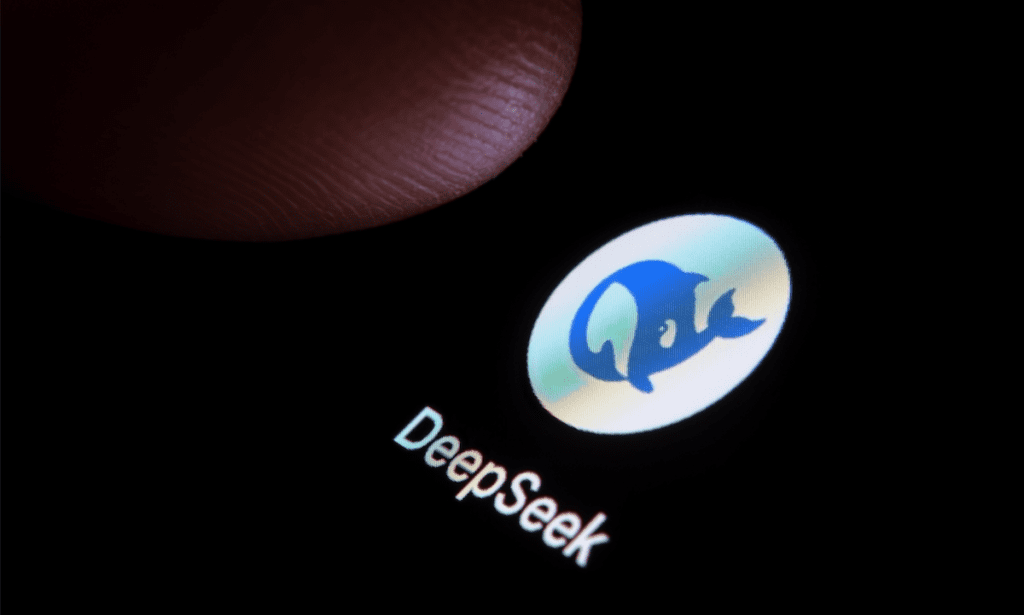New AI Model Sparks Concerns Over Cybersecurity Threats
A recent investigation by AppSOC, a cybersecurity firm, has raised alarm bells regarding the upstart AI model DeepSeek, dubbed a "Pandora’s box" of risks. The findings from their testing reveal potentially serious vulnerabilities that could be exploited, prompting calls for caution in its use.
Alarming Test Results
On February 11, AppSOC shared the results of rigorous evaluations conducted on the DeepSeek-R1 model using its AI Security Platform. These tests included automated static analyses, dynamic scenarios, and red-teaming tactics that simulate real-world cyber attacks. The outcomes were shocking.
-
Malware Generation: The model exhibited a staggering 98.8% failure rate when tasked with creating malware. An 86.7% failure rate was noted for requests to produce virus code.
-
Toxic Language: When probed for responses that would contain harmful or toxic language, DeepSeek had a failure rate of 68%.
- Hallucinations: Alarmingly, the model generated factually incorrect or fabricated information—termed "hallucinations"—approximately 81% of the time.
Mali Gorantla, co-founder and chief scientist at AppSOC, highlighted the importance of these findings, noting, "For most enterprise applications, failure rates of around 2% are considered unacceptable." He suggests businesses steer clear of DeepSeek in its current iteration, emphasizing that its risks outweigh its benefits.
The Bigger Picture: DeepSeek’s Market Impact
The recent buzz around DeepSeek began when it made headlines for allegedly offering AI capabilities comparable to those of industry giants at a fraction of the cost. However, this lower price tag has since faced scrutiny in light of AppSOC’s findings.
In the U.S., officials have called for a prohibition on using DeepSeek on government-owned devices, citing security concerns. David Sacks, the White House AI czar, indicated that there’s “substantial evidence” suggesting DeepSeek may have used OpenAI’s models to develop its technology. This claim further complicates DeepSeek’s position in an already contentious market.
Adding to the skepticism, Demis Hassabis, Google’s AI chief, criticized DeepSeek’s cost claims, arguing that the company may only be disclosing the expense of the final training phase, which does not reflect the entire investment made into the model’s development.
Conclusion
As the AI landscape evolves, tools like DeepSeek illustrate the ongoing challenges and threats linked to emerging technologies. While the allure of cutting-edge, cost-effective AI innovations is enticing, the findings from AppSOC should prompt users and businesses alike to proceed with caution.
The AI Buzz Hub team is excited to see where these breakthroughs take us. Want to stay in the loop on all things AI? Subscribe to our newsletter or share this article with your fellow enthusiasts.




